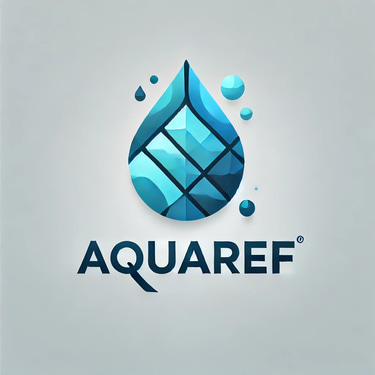Waterdrop vs Brita 2025 - Which is the Best water pitcher filters ?
When comparing Waterdrop vs Brita, choosing the right water filter comes down to filtration performance, cost, and long-term value. Both brands are popular for improving water quality, but they cater to different needs. Waterdrop offers advanced filtration with long-lasting filters, while Brita is a more budget-friendly option for basic taste improvement. In this guide, we’ll break down their key differences, from filtration technology and customer reviews to price and overall value, to help you decide which brand is best for your home.
1/31/2025
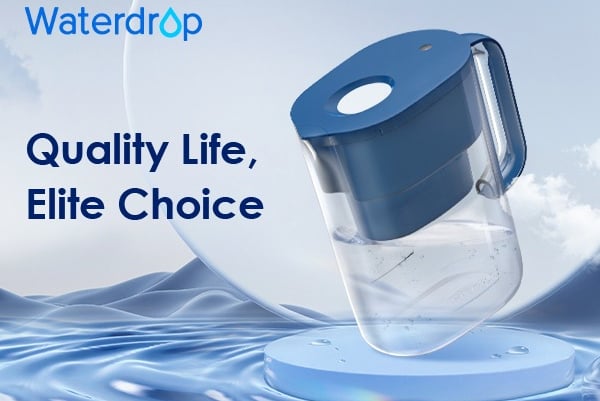

Brand Overview
When comparing Waterdrop vs Brita, it's important to understand the background and reputation of both brands. Each company has made a significant impact in the water filtration industry, offering different technologies and products to meet consumer needs.
Waterdrop
Waterdrop is a relatively newer brand that focuses on advanced water filtration solutions. The company is known for its innovative filtration technology, offering products like reverse osmosis systems, under-sink filters, and high-performance water filter pitchers. Waterdrop emphasizes longer-lasting filters, multi-stage filtration, and improved contaminant removal, making it a strong competitor in the market.
Founded: 2015
Main Products: Reverse osmosis systems, water filter pitchers, under-sink filters, refrigerator filters
Certifications: NSF, WQA-certified filters
Key Strengths: Advanced filtration, long filter lifespan, eco-friendly options
Brita
Brita is one of the most recognized names in home water filtration, with decades of experience in the industry. The brand specializes in affordable and easy-to-use water filter pitchers, faucet filters, and bottle filters. Brita’s key selling point is simplicity and affordability, making it a popular choice for households looking for basic water filtration.
Founded: 1966
Main Products: Water filter pitchers, faucet-mounted filters, water bottles with built-in filters
Certifications: NSF-certified filters
Key Strengths: Affordability, wide availability, simple design
Comparison Summary
Both Waterdrop and Brita are well-known brands in the water filtration industry, but they cater to different customer needs. Waterdrop offers high-tech filtration with long-lasting filters, while Brita is a more budget-friendly option with easy-to-use designs.
Filtration Technology
When comparing Waterdrop vs Brita, one of the most important factors to consider is the filtration technology each brand uses. While both brands aim to provide cleaner and better-tasting water, they use different methods and materials to achieve this.
Waterdrop’s Filtration Technology
Waterdrop is known for its advanced multi-stage filtration systems, designed to remove a wide range of contaminants. Depending on the product, Waterdrop uses the following technologies:
Reverse Osmosis (RO) Filtration – Removes up to 99% of contaminants, including heavy metals, fluoride, chlorine, PFAS, and bacteria.
Activated Carbon & Coconut Shell Filtration – Improves taste and odor by reducing chlorine and organic compounds.
Ultrafiltration (UF) Technology – Found in some models, it provides a high level of filtration without wasting water.
Smart Filter Reminders – Some Waterdrop products come with built-in filter life indicators, helping users track replacement schedules.
Brita’s Filtration Technology
Brita primarily focuses on activated carbon and ion exchange resin technology to improve water quality. Their filters are designed to reduce common contaminants like chlorine, lead, and mercury while improving the taste and smell of tap water. The key technologies used in Brita filters include:
Activated Carbon Filtration – Absorbs chlorine, pesticides, and organic contaminants that affect taste and odor.
Ion Exchange Resin – Reduces heavy metals like lead and copper.
Standard & LongLast+ Filters – The LongLast+ filter lasts up to 6 months and removes more contaminants than the standard filter.
Comparison Summary
The key difference in Waterdrop vs Brita filtration technology is that Waterdrop offers more advanced filtration methods, including reverse osmosis and ultrafiltration, making it suitable for households that need a higher level of purification. Brita, on the other hand, is designed for basic filtration, improving taste and reducing common contaminants at an affordable price.
Types of Water Filters Offered
Filtration Performance & Contaminant Removal
Filter Lifespan & Replacement Costs
Taste & Water Quality Improvement
One of the main reasons people invest in water filters is to enhance the taste and quality of their drinking water. When comparing Waterdrop vs Brita, both brands focus on improving water clarity, odor, and taste, but they achieve this through different filtration methods.
Waterdrop’s Impact on Taste & Water Quality
Waterdrop filters are designed to provide a more thorough filtration process, which results in cleaner, crisper-tasting water. This is because many of their products, especially reverse osmosis (RO) systems and ultrafiltration models, remove a wider range of contaminants that can affect water taste and odor.
🔹 Key Factors That Improve Water Taste with Waterdrop:
✅ Multi-stage filtration – Removes chlorine, heavy metals, bacteria, and organic compounds that contribute to bad taste.
✅ Reverse osmosis technology – Provides a nearly pure water taste by eliminating up to 99% of contaminants.
✅ Alkaline remineralization options – Some Waterdrop filters add back essential minerals like calcium and magnesium, which can improve taste and provide health benefits.
Brita’s Impact on Taste & Water Quality
Brita focuses on removing chlorine, sediment, and some heavy metals, which helps reduce the chemical taste of tap water. While Brita does not provide as extensive filtration as Waterdrop, it is still highly effective for basic taste improvement.
🔹 Key Factors That Improve Water Taste with Brita:
✅ Activated carbon filtration – Reduces chlorine, which is the main cause of tap water’s unpleasant taste and smell.
✅ Ion exchange resin – Helps remove some heavy metals like lead and copper, further enhancing water quality.
✅ Affordable and quick filtration – While Brita filters are not as advanced as Waterdrop’s, they still provide better-tasting water at a lower cost.
Comparison Summary
When comparing Waterdrop vs Brita for taste and water quality improvement, both brands offer benefits, but their effectiveness depends on what you need:
Waterdrop provides a more thorough filtration process, removing more contaminants and offering reverse osmosis and alkaline filtration options for the purest taste.
Brita is great for basic taste improvement, effectively reducing chlorine and some heavy metals, making tap water more enjoyable without major filtration.
Price & Value for Money
When choosing between Waterdrop vs Brita, price and overall value for money are key factors to consider. While both brands offer high-quality water filtration solutions, they cater to different budgets and needs.
Waterdrop: Higher Initial Cost, Long-Term Savings
Waterdrop filters tend to have a higher upfront cost, especially for reverse osmosis systems, under-sink filters, and high-performance pitchers. However, they provide longer-lasting filters and better filtration technology, which can lead to long-term savings.
🔹 Key Price Factors for Waterdrop:
✅ Higher initial investment – Waterdrop’s premium filters, especially reverse osmosis systems, can range from $100 to $500+, making them more expensive than Brita upfront.
✅ Longer filter lifespan – Many Waterdrop filters last twice as long as standard Brita filters, reducing the frequency of replacements.
✅ More advanced filtration – Removes a wider range of contaminants, which means better water quality for the price.
Brita: Affordable with Frequent Replacements
Brita is a budget-friendly option, making it accessible to more households. Most Brita pitchers and faucet filters cost between $20 and $50, with replacement filters priced lower than Waterdrop. However, since Brita filters need to be replaced more often, the long-term costs can add up.
🔹 Key Price Factors for Brita:
✅ Lower upfront cost – Brita pitchers and faucet filters are more affordable, making them a great choice for those on a budget.
✅ Frequent filter replacements – Standard Brita filters last about two months, meaning you may need to replace them more often, which increases long-term costs.
✅ Basic filtration – While Brita effectively improves taste and removes some contaminants, it does not offer the advanced filtration of Waterdrop.
Comparison Summary
When evaluating Waterdrop vs Brita in terms of price and value for money, the best choice depends on your budget and filtration needs:
Waterdrop requires a higher upfront investment but offers long-term value with better filtration and longer-lasting filters.
Brita is the more affordable short-term solution, but frequent filter replacements can add up over time.
Customer Reviews & Ratings
When deciding between Waterdrop vs Brita, customer feedback plays a crucial role in understanding real-world performance, durability, and overall satisfaction. Both brands have thousands of reviews from verified buyers, with different strengths and weaknesses highlighted by users.
Waterdrop Customer Reviews & Ratings
Waterdrop generally receives high ratings, particularly for its reverse osmosis systems, under-sink filters, and long-lasting pitcher filters. Users appreciate:
✅ Advanced filtration – Many customers report significantly improved water quality, with noticeable reductions in contaminants and better taste.
✅ Long filter lifespan – Waterdrop’s filters last longer than many competitors, reducing the frequency of replacements.
✅ Sleek and modern design – Users like the compact and stylish look of Waterdrop filters, especially compared to bulkier alternatives.
❌ Higher upfront cost – Some customers mention that Waterdrop systems, especially reverse osmosis filters, require a larger initial investment.
❌ Installation complexity – While pitcher filters are easy to use, under-sink and RO systems may require professional installation.
Brita Customer Reviews & Ratings
Brita is one of the most recognizable brands in water filtration, with millions of reviews across platforms like Amazon, Walmart, and Target. Users highlight:
✅ Affordable and widely available – Many customers appreciate Brita’s lower price point and easy access to replacement filters.
✅ Easy to use – No complicated installation is required for pitchers and faucet filters, making them convenient for everyday use.
✅ Improves taste – Users frequently mention that Brita significantly reduces chlorine taste and odor in tap water.
❌ Shorter filter lifespan – Many reviewers note that Brita filters need replacement more frequently compared to Waterdrop.
❌ Limited contaminant removal – Some customers express disappointment that Brita filters do not remove fluoride, bacteria, or heavy metals as effectively as other brands.
Comparison Summary
In terms of customer satisfaction, both Waterdrop and Brita have strong followings, but cater to different needs:
Waterdrop is preferred by users looking for advanced filtration, long-lasting filters, and high-performance systems.
Brita is favored for budget-friendly, easy-to-use solutions that enhance water taste but offer more basic filtration.
Final Verdict: Which One Should You Choose?
After comparing Waterdrop vs Brita across multiple categories, it’s clear that both brands serve different needs. Your choice depends on your priorities—whether you value affordability and convenience or advanced filtration and long-term savings.
Choose Waterdrop If:
✅ You need superior filtration, including reverse osmosis or multi-stage filters for removing more contaminants.
✅ You want long-lasting filters that require fewer replacements, saving money in the long run.
✅ You prefer advanced features like smart filter indicators and sleek, modern designs.
💡 Best for: Households concerned with water purity, those dealing with hard water or heavy metals, and anyone looking for premium filtration solutions.
Choose Brita If:
✅ You want a budget-friendly, easy-to-use solution for improving taste and reducing chlorine.
✅ You need a simple and accessible filter, such as a water pitcher or faucet filter, without a high upfront cost.
✅ You don’t mind frequent filter replacements as long as the system is affordable and widely available.
💡 Best for: Individuals or families looking for a cost-effective, everyday water filter that enhances taste and removes basic contaminants.
Final Thoughts
Both Waterdrop and Brita have strong reputations in the water filtration industry, but they are designed for different consumer needs. If you’re looking for a basic, budget-friendly water filter, Brita is a solid choice. However, if you want advanced filtration with fewer replacements and better long-term value, Waterdrop is the better investment.
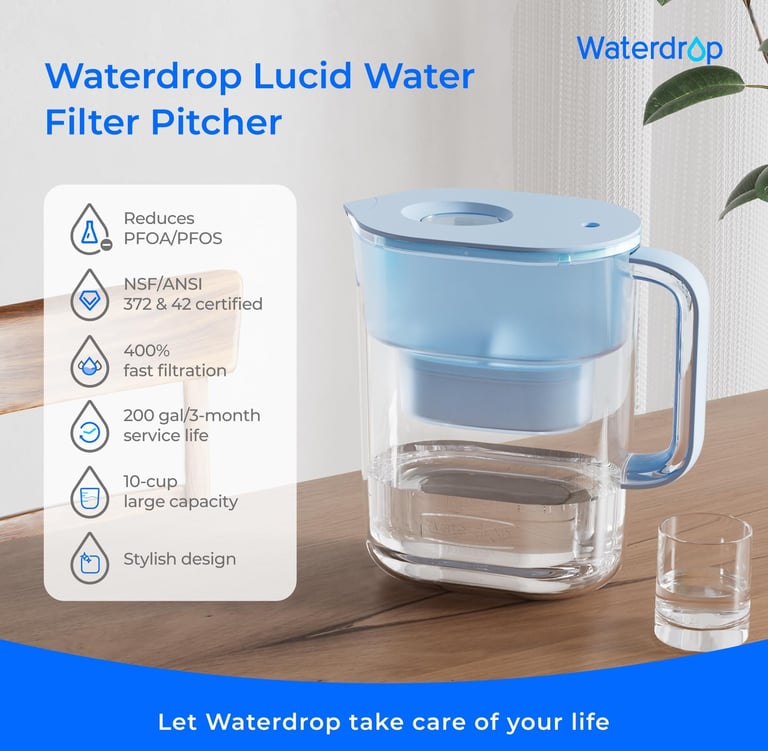

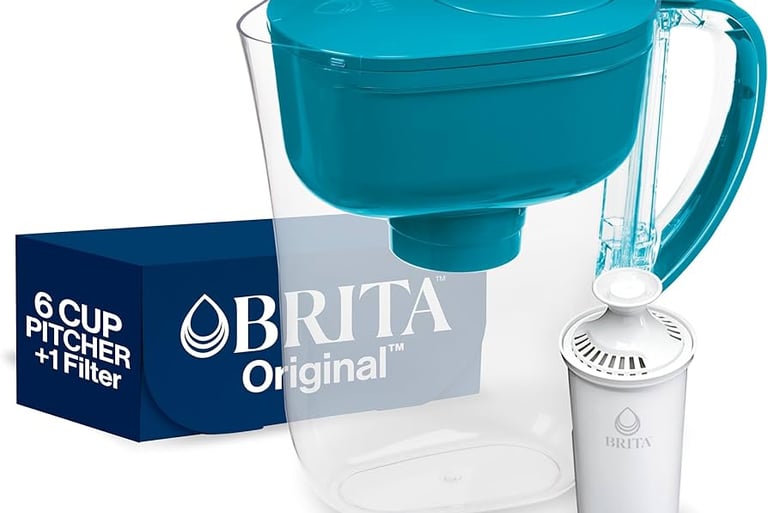

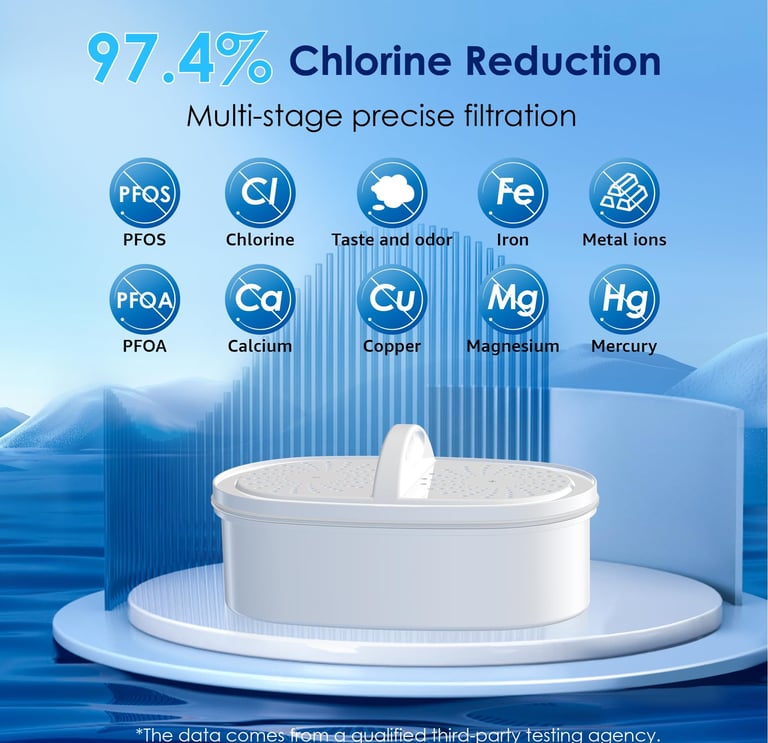

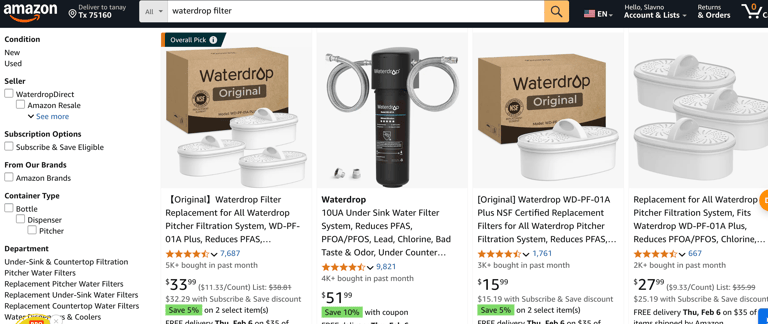

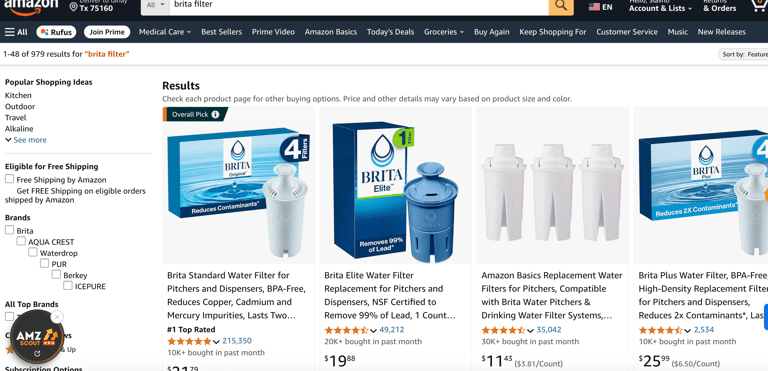

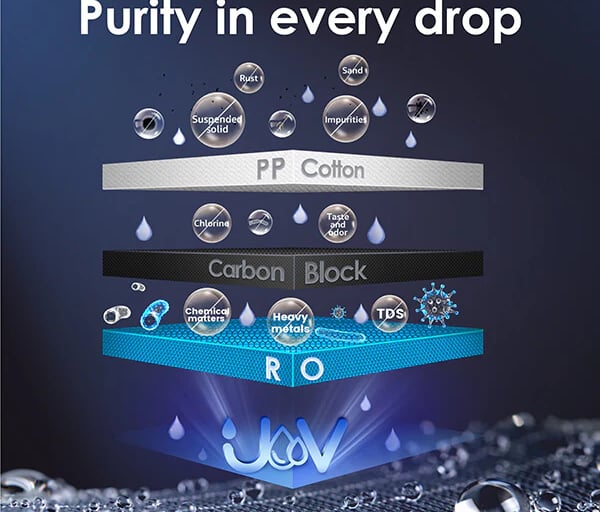

Filters
Your source for quality water filtration solutions.
contact information
Service
info@aquaref.shop
+1(503) 974-6487
© 2024. All rights reserved.
Quick links
530B Harkle Rd, STE 100
Santa Fe, NM 87505
Working Hours: Mon-Sun: 10 am – 5 pm (EST)
